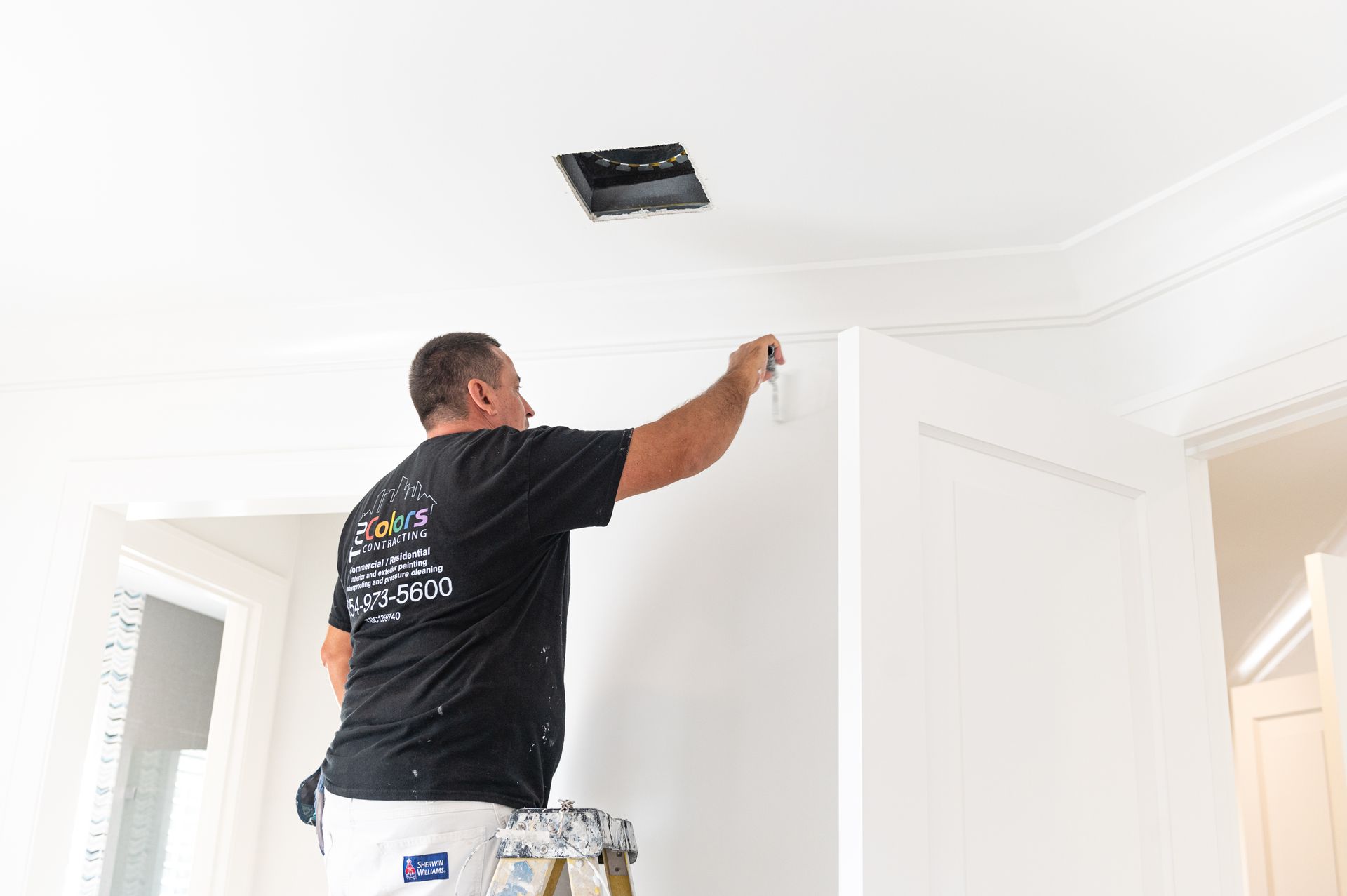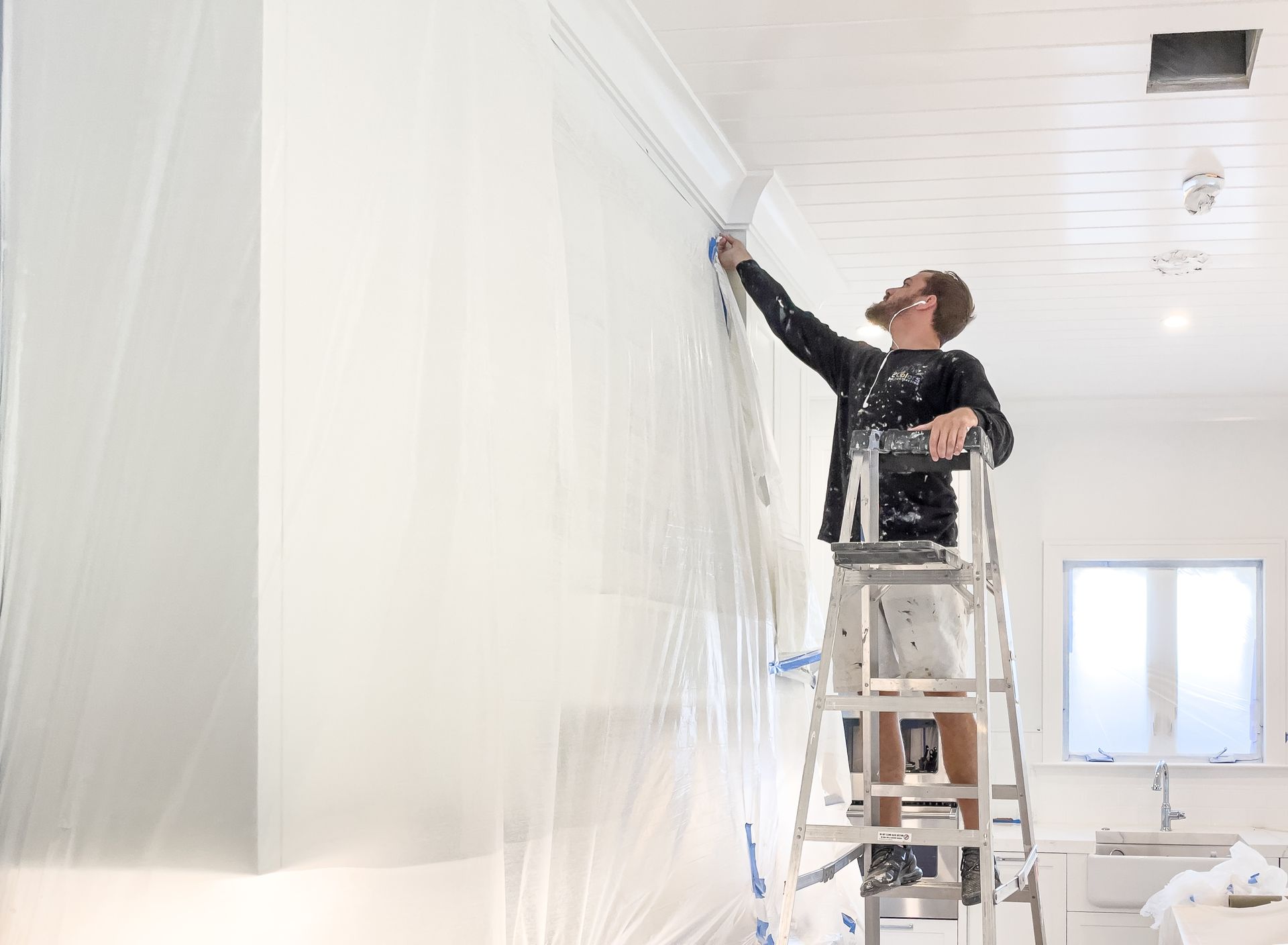Waterproofing your home or commercial building in South Florida is not just a matter of convenience; it’s a critical step in protecting your investment and ensuring the safety and well-being of those who occupy the space. Here are the top three reasons why waterproofing should be a priority for your property:

South Florida’s unique climate presents distinct challenges for property owners. The high humidity levels, frequent rain, and occasional storms create an environment where moisture infiltration is a constant concern. This prolonged exposure to moisture can lead to significant structural damage, health risks, and costly repairs. Therefore, it is crucial to understand the importance of waterproofing in preserving the integrity, safety, and longevity of buildings in this region.
Enhanced Structural Integrity
South Florida’s high humidity levels create an environment where moisture easily seeps into building materials, compromising their integrity over time. When walls and foundations absorb moisture, they become susceptible to decay, weakening the structure and potentially leading to costly repairs. Waterproofing your building creates a barrier that prevents moisture intrusion, preserving the strength and stability of the walls and foundation.
Without proper waterproofing, the constant presence of moisture can cause materials such as wood, concrete, and drywall to deteriorate more rapidly. Wood may rot, metal components may corrode, and concrete can crack and crumble. Over time, these issues can escalate, resulting in significant structural damage that threatens the safety of the building. Waterproofing helps maintain the original condition of these materials, ensuring they remain strong and durable despite the harsh environmental conditions.
Prevention of Mold and Mildew Growth
Mold and mildew thrive in damp environments, posing significant health risks to occupants and causing extensive damage to building materials. Mold spores can lead to respiratory problems, allergic reactions, and other health issues, particularly for individuals with preexisting conditions. Once mold and mildew take hold, they can be challenging and expensive to remove, often requiring extensive cleanup and remediation efforts.
Waterproofing prevents moisture from accumulating within the building, depriving mold and mildew of the conditions they need to flourish. By maintaining a dry and well-ventilated interior, you safeguard the health and safety of those within the building while avoiding the costly consequences of mold and mildew infestation. Effective waterproofing reduces the likelihood of mold spores becoming airborne and spreading throughout the property, thus maintaining a healthier indoor environment.
Mitigation of Water Intrusion and Structural Damage
Dampness and moisture infiltration can weaken building structures over time, leading to cracks, leaks, and water intrusion. These issues not only compromise the safety and integrity of the building but also necessitate costly repairs and renovations. Waterproofing acts as a proactive measure against water intrusion, preventing cracks and leaks from forming and preserving the structural integrity of the building for years to come.
Water intrusion can result in various forms of damage, such as:
Cracking and Erosion : Water can seep into small cracks and expand them through freeze-thaw cycles or chemical reactions, leading to significant structural damage over time. Foundation Issues : Continuous water exposure can undermine the foundation, causing it to shift or settle unevenly. This can lead to misaligned doors and windows, cracks in walls, and other structural problems. Interior Damage : Water can penetrate walls and ceilings, damaging insulation, electrical systems, and interior finishes. This can create hazardous conditions and lead to costly repairs.
By investing in waterproofing solutions, you protect your property from the damaging effects of water intrusion and ensure its longevity and durability in the face of South Florida’s challenging climate.
Long-Term Cost Savings
Investing in waterproofing measures can result in significant long-term cost savings. Although the initial cost of waterproofing may seem high, it is far less expensive than addressing the extensive damage caused by water infiltration. Waterproofing helps avoid the need for major repairs, such as foundation reinforcement, mold remediation, and interior renovations.
Moreover, waterproofing can enhance the value of your property. Potential buyers or tenants are likely to be attracted to buildings that have been properly

